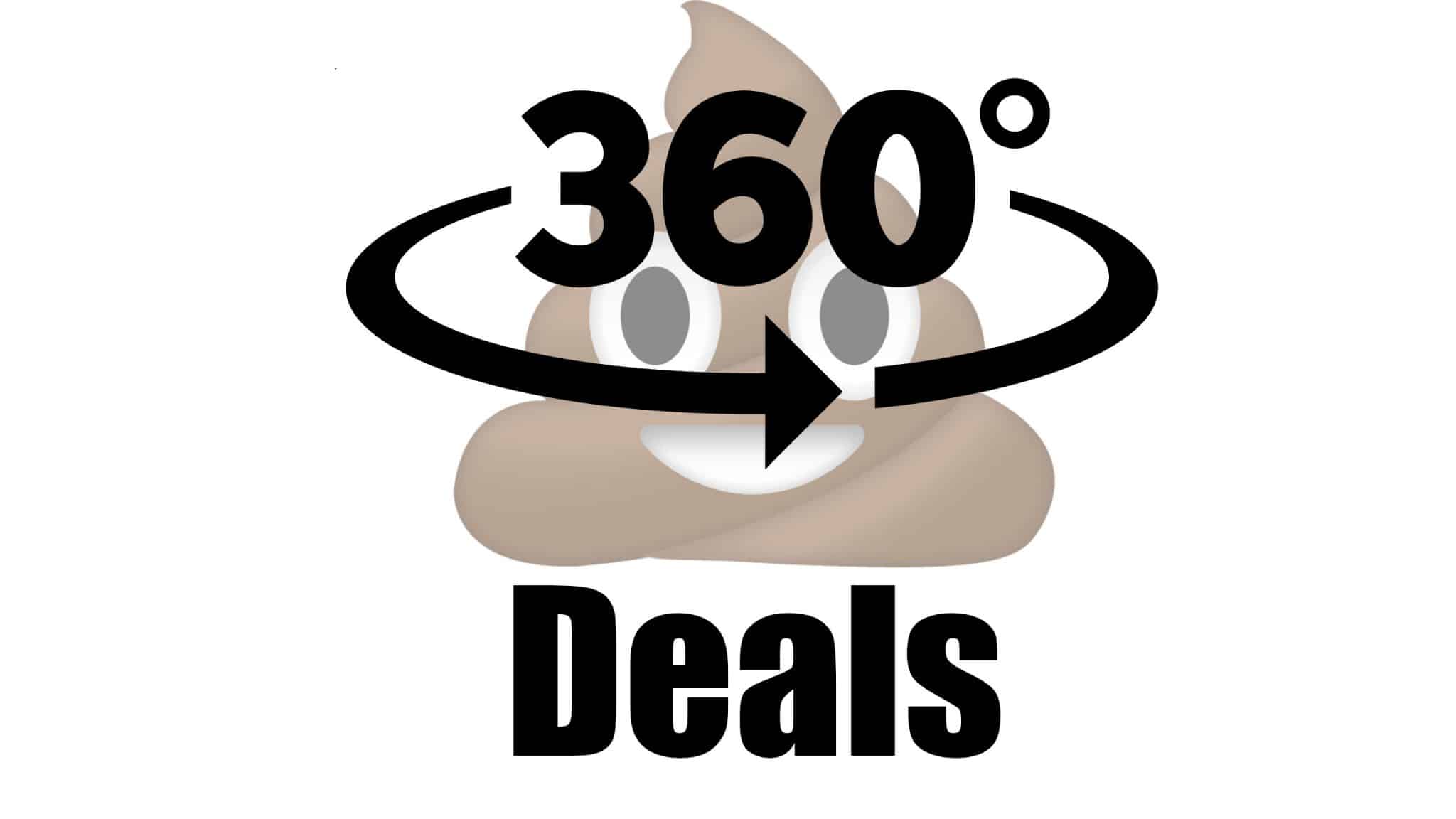Chance The Rapper sits down with Joe Budden to discuss whether he is considered independent. He explained from his perspective of what makes an artist independent and warns against artists signing away their masters and publishing. Joe then expresses why he felt Chance wasn’t an indie artists citing the Apple Music deal; which Chance The Rapper was paid $500k for a 2 week exclusive release.
I wanna clear things up. @apple gave me half a mil and a commercial to post Coloring Book exclusively on applemusic for 2 weeks https://t.co/dMWwptrHHH
— Chance The Rapper (@chancetherapper) March 17, 2017
All artists should consider their intellectual property and how signing away their rights could impact their future. As mention in a previous post, most new artists are signed into a 360 deals and may not fully understand the consequences of that decision. Artists like Prince and Michael Jackson fought hard for this right and we as creatives have take the time to understand why its important.
Epik The Dawn has been vocal about why he doesn’t, in his words “F*#$ with the music industry. He has explained countless times that artists don’t need labels anymore. Labels are like an loans, everything is recoupable and they take the rights to the music. In todays time, the resources are available and the audience is at your finger tips. Epik has made it his mission to provide independent artists with the best quality instrumentals online as well as passing down the knowledge he has used in order to live off his music and remain free.
Chance The Rapper is only one of the many artists out their doing it themselves and we believe their will be more to follow. Stay #DFRNT




